

TEA HISTORY:
The favourite choice of beverage by the Chinese is TEA, comparable to wine is to the French, beer is to the Germans, as cigars are to the Cubans. Tea has formed the essence of Chinese social life and culture for over five millennia. According to legend, tea was discovered by chance by Emperor Shen Nong during the Five Rulers Era. Leaves from a nearby plant fell into a boiling kettle and the aroma of the brew was so enticing that the Emperor could not resist taking a sip. He marvelled at his own discovery and made the drink a national beverage. The plant was what is today commonly known as Camellia, which grows wild in China
Tea is consumed daily in Chinese at meals by family ,and used to serve guests This beverage is preferably sipped rather than drunk and it is always taken hot.(that is why the cups are small, comparable to drinking copichinno)
The earliest known book written about proper techniques for brewing fine tea and art of tea-drinking was written during the Tang Dynasty (AD 618-907) by poet Lu Yu.
Tea is a HOBBY far more than a thirst quencher in China. Many people appreciate the art form of brewing and drinking tea. The tea culture involved is relaxing, allowing people to supposedly forget all their troubles during the process of brewing, serving and drinking tea.
Making a good pot of tea is not so easy. With tea of the same quality, one can produce different tastes by using different water, tea sets and brewing techniques. Tea of top quality should be brewed with top-grade water. Teaware embellished with artistic designs are needed to complement the elegance of tealeaves. Brewing time, water temperature, and the ratio of water to tealeaves depends on tea quality and category.
TEA CATOGORY: According to the lengths of fermentation and the level of treatment, tea can be divided into six principal varieties.
· Green Tea = unfermented, produced by steaming fresh-picked leaves. It turns yellowish-green when brewed and has a delicate taste. Top brands include Longjing in Zhejiang Province, Maofeng of Huangshan Mountain in Anhui Province, and Biluochun in Jiangsu Province.
White Tea =slightly fermented and achieves a mellow, sweet flavour;
· Black Tea = fully fermented before firing. It carries a bright reddish colour and yields a hearty-flavoured, amber brew. Black tea, known as "Red Tea" (hong cha) in China, is fermented before baking. The best brands are Qihong in Anhui, Dianhong in Yunnan, Suhong in Jiangsu, Chuanhong in Sichuan and Huhong in Hunan.
Oolong Tea = indigenous to the Fujian province of China. It is only partially oxidised and produces a cross between green and black tea when boiled. It is bright yellow in colour and has a fruity taste Wulong tea abounds in Fujian, Guangdong, and Taiwan along China's southeast coast.
Pu'er-type Tea = a variation of green tea, oolong tea or black tea and is fully fermented. When brewed, it turns dark brown;
Scented Tea = a blend of tea leaves and fresh, sweet flowers. The flowers commonly used for this purpose are jasmine and magnolia among others. Jasmine tea is a well-known favorite among the northerners in China.
Quality and taste of tea may vary with geographic location and climate, such as weather, the land and the grower Once the characteristics of the tea is known,, one can choose the most appropriate brewing technique suitable to a specific tea to bring out its best quality
TIPS FOR BREWING TEA:
1.Know The Nature,Taste and Quality.
2. Control the amount
Generally speaking, the standard amount by the professional tea brewer when brewing a pot of tea, is 3 grams of tea brewed with 150 cubic centimeters of water for 5 minutes.
The ratio of water to tealeaf Generally speaking:
famous tea or top-grade tea requires a ratio of 50:1,
ordinary black, green, white and scented tea 75:1.
The ratio of water to Oolong is 25:1.
3. Tea sets and water
Other than the tealeaf's shape, color, scent and taste but also to the teapot's quality and artistic design to set off the elegant tealeaf. Generally, a big teapot is chosen when one wants to satisfy thirst while a small pot is used when one desires to taste and appreciate the tea.
Tea of top quality should be brewed with top-grade water to bring out its best. Longjing Tea (Dragon Well Tea) and Hupao Spring (Tiger Spring) are known as the two superb products of Hangzhou City. Even though the tea-brewing water deserves careful study, one should bear in mind the actual condition when making tea. Water, which reaches drinking standards and will bring out the best of tea, can be chosen to make tea. If conditions allow, one can use natural spring water or lake water or river water, which is a better choice for sure.
4.Water and Temperature
Generally, people use boiled water to brew old tealeaves, while cooling down the boiled water a little bit to brew tender tealeaves. For example, top-grade green tea and some famous kinds of tea, which should be picked when they are tender, cannot be brewed with boiling water. So one should wait until the water temperature cools down to about 80 degrees Celsius. In this way, the tea will have clear water, a pure scent, fresh taste and brightly-colored leaves.
5.Brewing Tme
Generally, brewing time should be short for those tender and strongly-scented tealeaves of a large amount, while a long brewing time is required for coarse and strong-tasting tealeaves of a small amount. For those who like drinking strong tea, its better to brew the tea for a longer time; for those who prefer a weaker taste, its better to shorten the time.
A Traditional Chinese Tea Ceremony preformed to show you the process of enhancing the flavor and smell before drinking the tea.
In the video you will see how to wash the tools and cups, keep them warm and to get the best flavor out of the tea leafs.
Once the tea is ready for drinking, it is poured firstly into a tall glass which is than covered by a Chinese tea sip cup and turned over.
Satisfy your sense with smelling the tea, and sip the pure quality of the tea. [TEAPOTMAILL]



The Art Of Drinking Tea
Yum cha, or "tea lunch," is a treat for the entire family. Many Chinese families reserve Sunday mornings for this outing. It is not only an opportunity to savor the delights of dim sum, but to visit with friends as well.
The Chinese call the little delicacies served at tea lunch dim sum, which translates as "touching your heart." And that indeed is what these small morsels do. The advantage of sampling them at a teahouse is the great variety available. It may take you several visits to determine your favorites. There are steamed shrimp and pork dumplings, deep-fried egg rolls and taro-root dumplings, green peppers with shrimp filling, and on and on.
Dim sum is based on Cantonese dim sum, it is all good at color, fragrance, taste and shape, its characteristic is that the ingredients used are of best quality and plentiful, variety is numerous, style is novel, tastes are various, it suits the needs of every eater and four seasons.
The first step in yum cha is the selection of your tea. The waiter will ask you for your choice, and you might take this opportunity to try a variety you haven’t tasted before, such as loong jaing (dragon’s well), po nay, jasmine and so on.
There is no need to ask for a menu. The food will come to you on carts or on trays. Some items are on plates, some in metal or bamboo steamers; each serving contains 2 to 6 pieces, depending on the item. There are four main groups of food from which to choose. The first is made up of steamed dishes like shrimp or pork dumplings and pork buns. The second group is the variety group, such as parchment chicken, pickled mustard greens and duck or chicken feet. The third classification covers deep-fried items: egg rolls, rice rolls, pork triangles and others. The fourth group is comprised of sweet items like sponge cake, coconut jelly, and delightful custard tarts.
[Courtesy www.chinesefood.org/ ]
_______________________________________
The Chinese Art of Tea Drinking
(Traditional Chinese Culture in Taiwan: Tea)
Wherever Chinese go, the custom of drinking tea follows. The Chinese were the first to discover the tea leaf, and have drunk tea for uncounted ages. When you arrive in the beautiful island of Taiwan, you may see some elderly gentlemen seated in twos and threes, perhaps in a temple up some old street. They may be leisurely gathered around a simple but attractive teapot about the size of a fist, each holding a small cup, mixing chat with drink. This is the traditional Chinese "old men's tea" ceremony (lao-jen ch'a). While strolling down the bustling streets of metropolitan Taipei, your nose might also lead you to a "tea art" shop, identified by a large sign with the Chinese character for "tea" (ch'a) on it. If the prospect of a tea-tasting experience intrigues you, an expert on the beverage will initiate you in the basics of "kung fu tea," or the traditional tea-steeping and drinking ritual.
Tea is an indispensable part of the life of a Chinese. A Chinese saying identifies the seven basic daily necessities as fuel, rice, oil, salt, soy sauce, vinegar, and tea. The custom of drinking tea is deeply ingrained in almost every Chinese, and has been for over a thousand years. During the mid-T'ang Dynasty (618-907 A.D.), a man named Lu Yu entered the Buddhist monkhood early in life, but returned when older to secular life. He was later best known for summarizing the knowledge and experience of his predecessors and contemporaries into the first compendium in the world on tea--the Tea Classic (ch'a Ching). This work helped to popularize the art of tea drinking all across China, making avid tea drinkers of everyone from emperor and minister to street hawker and soldier. Even the neighboring countries of Korea, Japan, and Southeast Asia came to adopt the tea drinking custom.
Chinese were the first to discover tea.
In the early 17th century, the Dutch East India Company introduced Chinese tea for the first time to Europe. By the mid-17th century, afternoon tea had become a standard ritual of the British nobility. It is interesting to note that the two different pronunciations for "tea" most common in languages that borrowed the word from Chinese-cha and tee-originate from different dialects of Chinese. Languages of countries that once imported the leaves from the north of China, such as Turkey, Russia, and Japan, adopted some variation of the sound cha, such as chay, chai, or chya. Countries on the southern maritime lines of China, such as Spain, Germany, and England, borrowed the word in the forms of te, Tee, and tea respectively, based on the southern Chinese pronunciation.
Tea is made from the young, tender leaves of the tea tree. The differences among the many kinds of tea available are based on the particular methods used to process the leaves. The key to the whole process is the roasting and fermentation. Through fermentation, the originally deep green leaves become reddish-brown in color. The longer the fermentation, the darker the color. Depending on the length of the roasting and degree of fermentation, the fragrance can range from floral, to fruity, to malty.
Tea that has not been fermented is called "green tea." Tea steeped from green tea leaves is jade green to yellow-green in color, and gives off the fragrance of fresh vegetables. Examples of green tea are "Dragon Well" (Lung-ching) and "Green Snail Spring" (Pi-lo-ch'un). The Chinese call tea that undergoes full fermentation "red tea" (hung-ch'a); in the West it is known as "black tea." Tea made from black tea leaves is reddish-brown in color and has a malt-like aroma. Oolong, or "Black Dragon" (Wu-Lung) tea is an example of a partially-fermented tea. This tea is unique to China, and Taiwan is one of its most representative areas of production.
Oolong tea comes in three degrees of fermentation: lightly fermented, moderately fermented, and fully fermented. The identifying features of lightly fermented Oolong tea, such as Paochung, are a full aroma, clarity, and a golden color. Moderately fermented types such as "lron Buddha" (T'ie-kuan-yin), "Narcissus" (Shui-hsien), and "Frozen Peak" (Tung-ting), have a brown color, a full "mature" flavor that appeals more to the sense of taste than that of smell, and a vaguely sweet aftertaste. Tea infused from moderately to heavily fermented tea leaves like "White Hair" Oolong (Pai-hao Wu-lung) has a red-orange color and a fruity aroma.
To make a good pot of tea, special attention must be pald to the quality of the water, water temperature, the amount of tea leaves used, and the type of teapot. Soft water (water with a low mineral content) that is clear and fresh is required to steep tea; hard water should by all means be avoided. The correct water temperature varies from tea to tea; for most fully fermented and moderately fermented kinds it should be near boiling (100 or 212); however, it may be low as 90 (194) or less for lightly fermented or green teas.
"Cultivating teapots" through repeated use is a popular and refined pastime in Taiwan.
The proportion of tea leaves to water also depends on the kind of tea leaves used. The teapot may be filled from one-quarter to three-quarters full with tea leaves, depending mainly on how tightly curled the tea leaves are as a result of the rolling and roasting processes. The teapot is then filled with water. Steeping time starts at one minute, but varies from tea to tea. The time required for subsequent brews from the same leaves must be proportionally lengthened. The best kind of teapot to use for most fermented teas is a purple clay ceramic pot. The size of the pot should be in correct proportion to the size of the cups. Ideally, the cups should have white interiors, to facilitate accurate assessment of the color of the tea.
People enamored of tea drinking also usually enjoy the beauty and feel of teapots. Small teapots are used to steep tea (in the "kung fu" steeping method) in most homes in the Republic of China today. This particular method has been passed down to the present day from the days of Ming Dynasty Emperor Shen Tsung in 16th century China, so it boasts a 400-year history. The full aroma and sweetness of the tea can be brought out when using a small teapot to steep tea. During the Ming (1368-1644) and Ch'ing (1644-1911) dynasties, the purple clay ceramic teapots of Yihsing, Kiangsu were the most famous. Any pieces made by a master potter are sought after everywhere, and are worth their weight in gold. While master potters in the Republic of China continue to produce traditional purple clay ceramic teapots, they have also developed a number of creative new teapot designs which have received enthusiastic public response. Collecting teapots has become a fashionable pastime.
Tea is China's national drink. Tea contains vitamins, tea derivatives, essential oils, and fluoride. It is a diuretic, attributed with the properties of improving the eyesight and increasing alertness, so Chinese believe that frequent tea drinkers enjoy an increased life span. Its medical properties and benefits to the human body have in fact been scientifically proven, and tea has come to be generally recognized as a natural health food.
Tea is a cash crop in Taiwan.
Tea is a cash crop in Taiwan, an agricultural product that is a source of foreign exchange earnings. Specialized tea shops all over the island continue to actively promote the art of tea drinking. New style "tea art houses" with elegant, classical interiors have quickly become a common sight around the island. Each local area also holds its own tea-tasting competitions, attracting the participation of large numbers of tea farmers, tea merchants, and tea connoisseurs. The price of any tea that is designated as a superior grade in one of these competitions immediately soars. This feature gives tea competitions extra appeal and vigor. The custom of tea drinking has become part of a sophisticated spiritual life; and the "tea art" spirit, which reveres nature and knows no bounds, is just like Chinese interpersonal relations : warm and mellow.
________________________________________
The Art of Tea Drinking
By Olivia Yang, San Jose, California
The Chinese people are without a doubt the ones who best understand the nature of tea. Tea has a long history over 2,000 years old, and is a common thread running through our culture. Tea drinking has become a form of artistic and intellectual expression in Chinese culture, and is rich in tradition. Many relationship with tea, though of superficial origins, grew more and more profound over time. The significance of tea began to assert itself in the Tang and Song Dynasties. It was during this time that the art of tea was born. The Tea Classics, written by Lu Yu during the Tang Dynasty, helped to elevate tea drinking to a high status throughout China.
It was somewhere between the Tang and Song Dynasties that the custom of tea drinking was brought to Japan, which readily adopted the Chinese custom. But there were, and still are, differences between the Japanese and Chinese interpretations of the art of tea drinking.
Chinese people tend to view tea drinking as a natural form of enjoyment, unlike the Japanese, who approach the concept in a very strict and ritualistic fashion. In spite of its popularity throughout the ages, the Chinese have never elevated tea to the god-like status it enjoys in Japan. Rather, tea is something one drinks after a meal; it is merely a part of one's life. For a Chinese to say anything more of tea than this would be to misunderstand its purpose, which can be anything but to be worshipped. The attitude Chinese take toward tea drinking is in many ways symbolic of their relatively balanced position towards different attitudes and behaviors. One could say that in the Chinese interpretation of the art of tea, one can find the source their open mindedness.
But it wasn't until the Song Dynasty that tea drinking really became in vogue. Even the Emperor indulged in this new and wonderful custom, which subsequently drew tea-growers to the capital every spring to pay tribute to the Son of Heaven. The Emperor gave tea as a gift to those worthy of the honor, which not only helped increase the drink's popularity, but also helped spread elevate its value. Books, poems, and paintings about tea became increasingly popular.
With the passing of the Yuan, and the start of the Ming and Qing Dynasties, the technology of tea production was constantly being improved; not only in an effort to enhance its flavor, but also to further simplify its production. By this time, tea houses were popping up all over the country. Tea-drinking establishments could be found at any public gathering place or point of interest; temples, palaces, even famous mountains had their respective tea vendors.
Li Ri Hua, a Ming Dynasty scholar, once said: "One should clean out a room in one's home and place only a tea table and a chair in the room with some boiled water and fragrant tea. Afterwards, sit salutarily and allow one's spirit to become ranquil, light, and natural." Li Ri Hua used tea drinking to calm his spirit and clear his mind. He practiced the art of living naturally, avoiding outside influences.
During the same period, a man by the name of Luo likened the drinking of tea to a spiritual release, unique to every individual. It was people like Luo who cultivated the artistic conception of tea, which represents the Chinese way of turning the mundane things in life into ones of higher meaning.
Though its history is indeed lengthy, the art of tea drinking is not without competition. The introduction of coffee by the West, along with its own culture, is believed by some to be destroying the virtues of tea drinking in the modern age with slick advertising that promotes outside values and life-stles. Now, coffee houses in Taiwan outnumber their tea-peddling counterparts, driving them slowly out of business. Even though the quality of Taiwanese tea has improved over the years, tea drinking simply cannot compete any longer.
Over the last few years, through the efforts of people who care deeply for the culture and history of tea, various tea associations have been founded. This, along with the publication of many books and articles on the subject, has begun a tea revival of sorts. But we must be careful not to let the art of tea drinking become some complex concept that is difficult to appreciate or to understand. Only by returning to the old principles of simplicity and universality can we hope to see the art of tea regain its popularity or old.
[courtesy: www.hanwei.com/culture]
Interesting facts about tea
All teas come from the plant Camellia Sinensis.
All teas that are classified under the six main types of tea that is. It does not include herbal teas or other teas that do not include the real tea leaves. This plant is rich in antioxidants which have been shown to fight aging.
It is an interesting fact that the English tea and the Chinese Oolong or the Japanese green teas all come from the same plant. However, they taste different because of the differences in the manufacturing process.
An introduction to Japanese tea
In Japan, only green tea is grown, brewed and drunk. They are consumed in every day life or during elaborate Japanese tea ceremony.
The most high class tea from Japan is Gyoku ro from Shizuoka prefecture. This is a type of green tea. To non-Japanese drinkers, the tea may taste a little strong due to the seaweed taste in it. This type of tea is used during the Japanese tea ceremony and is in the powder form. The tea powder is green in colour and has a staining effect. Thus, it can be used to dye clothes and garments to produce beautiful green clothing or textile.
Other ordinary Japanese tea is ryoku cha. It is typically from Yame from Fukuoka, Shirancha from Kagoshima, Shizuoka teas.
Location of Tea gardens in China
The location of tea gardens in China are found from Central to SouthernChina.
In the Central and Southwest of China lies the tea growing regions of Sichuan, Guizhou and Yunnan.
In the central to Southeast part of China lies Hubei, Anxi, Jiangsu, Zhejiang, Jiangxi and Hunan provinces
In the far Southeast region lies Guangxi, Guangdong, Fujian, Taiwan and Hainan regions of tea-growing.
Finally in central China belt, there is the Henan region.
Read about the top ten tea producing regions.
Oolong
Oolong is semi-fermented. It is grown specially in the southern regions of China like Taiwan, Guangdong and Fujian. One of the most famous tea regions in Fujina is Anxi. This is where one of the founders of our website originted from. His father was a tea farmer from Anxi.
There are 11 main types of Oolong. Japanese too love Oolong tea. They buy them in prepared containers and these are processed tea. Oolong is also a favourite drink amongst Southeast Asians. Very often, the tea is consumed together with Cantonese style dim sum or Hokkien/TeoChew style Bak kut teh (a dish of pork stewed with spices like pepper, cloves, nutmeg etc.).
Some westerners feel that Oolong is bitter. However, others feel that it leaves a sweet aftertaste after drinking it...
Frank Yip's Articles On Chinese Tea
_______________________________________



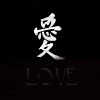


















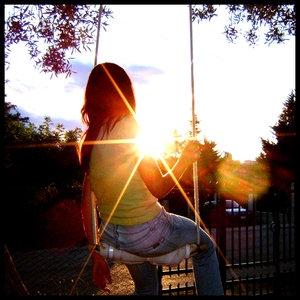
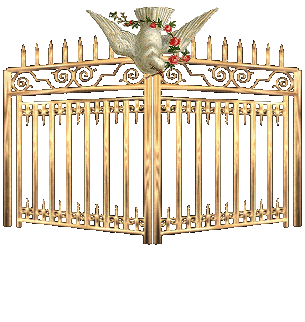




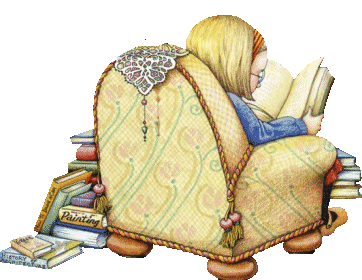






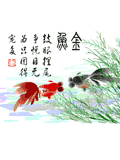
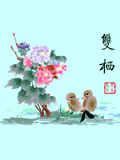
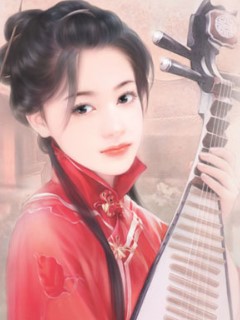

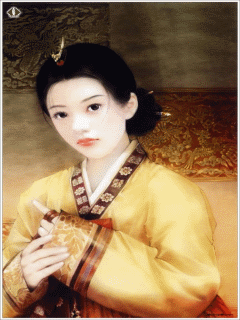
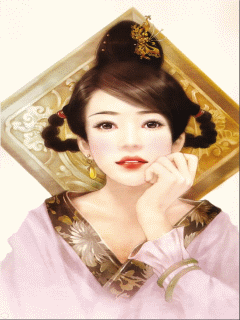

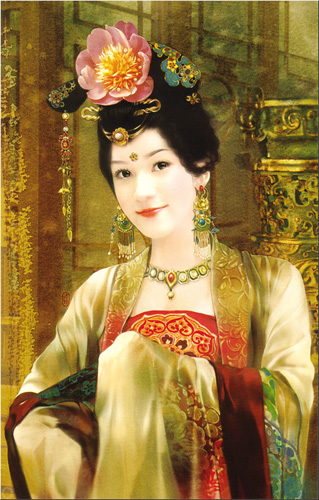
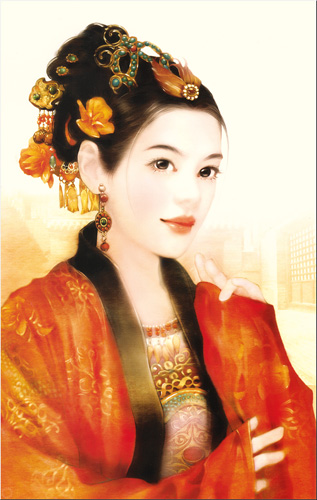
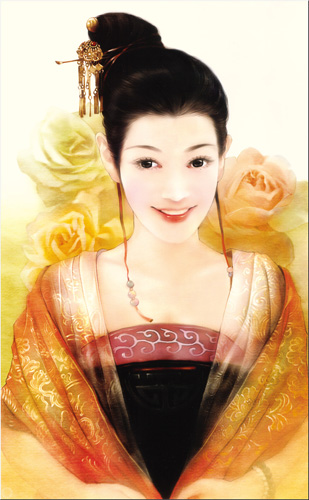
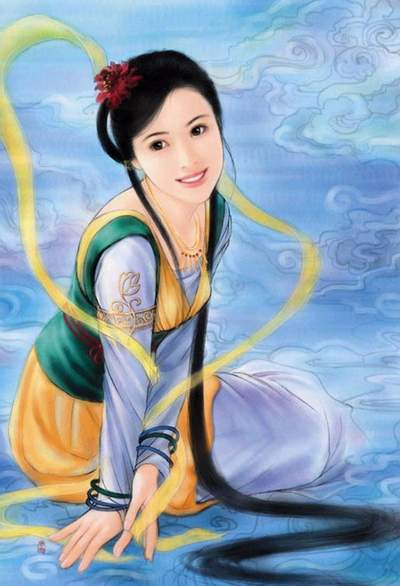
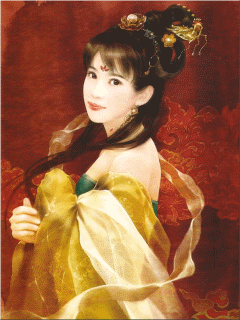
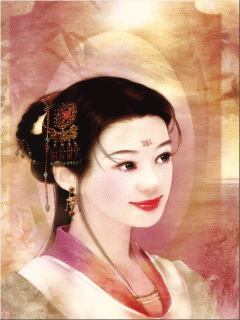
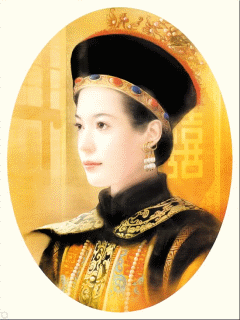
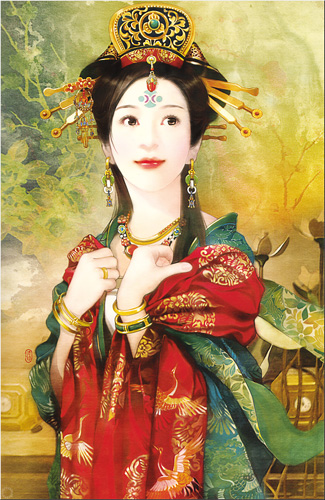
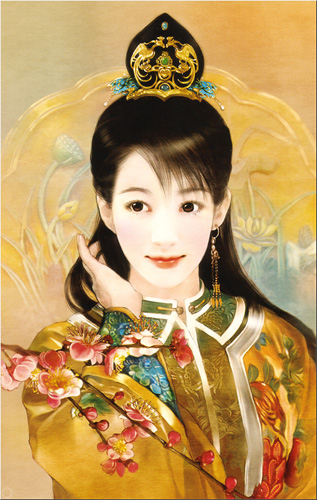
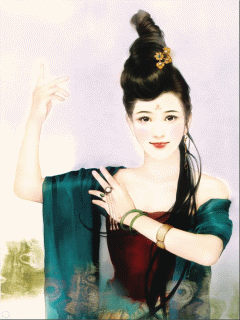

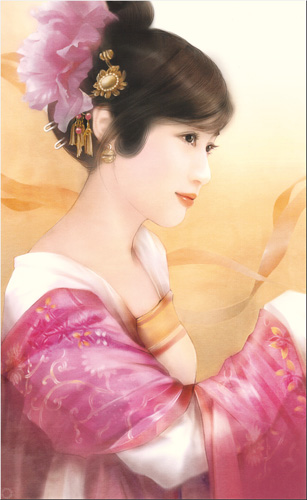
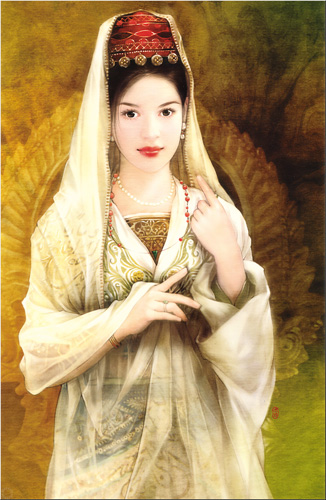

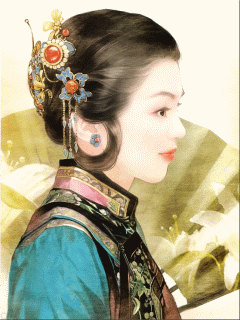
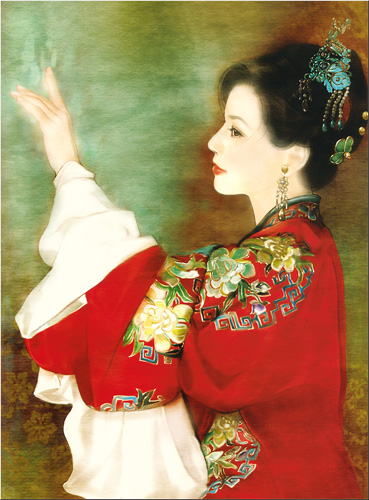
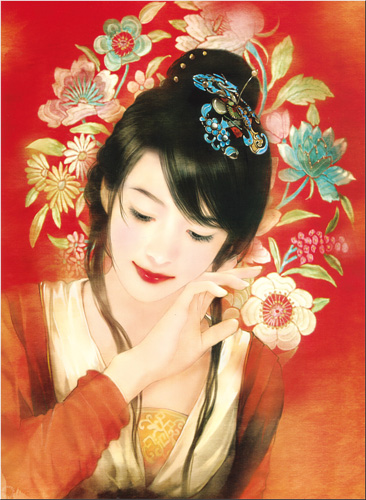









 -
-











No comments:
Post a Comment